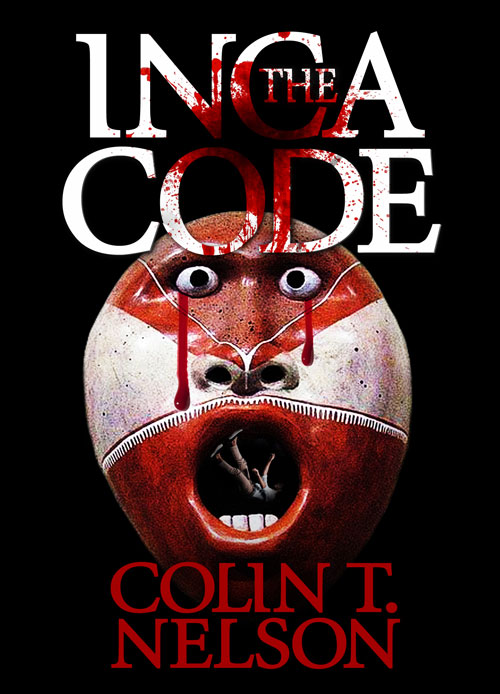Wow!! Now I’m interrupting my day to make sure I catch another episode of the Netflix series called, Making a Murderer. It’s a true crime  story from Manitowoc, Wisconsin. I’m worried about my new addiction to this! Even though I’ve practiced as a criminal lawyer for 30+ years, this series is fun to watch. It’s artistically well done, but there are gaps in the story that I’ve seen. What is the truth behind those parts of Making a Murderer? Here are some that you may have seen and wondered about:
story from Manitowoc, Wisconsin. I’m worried about my new addiction to this! Even though I’ve practiced as a criminal lawyer for 30+ years, this series is fun to watch. It’s artistically well done, but there are gaps in the story that I’ve seen. What is the truth behind those parts of Making a Murderer? Here are some that you may have seen and wondered about:
—I can’t believe how many things Brendan’s lawyer did wrong and/or unethical. Shocking that someone as vulnerable as this young man wasn’t getting at least his fair shake at justice. https://www.youtube.com/watch?v=lPtcYuCga-k
>Let’s begin with the video of the interview between Brendan and the investigator. I don’t know how this got broadcast. All communications between a lawyer and his client are confidential (unless the client waives it) and the lawyer can’t say anything about those communications to anyone, not even Mom. An investigator is considered an extension of the lawyer and bound to the same ethical duty of confidentiality. So how did the video get broadcast in the series??
>>I’ve worked as a defense lawyer for years. Even if the client has given a confession, I always ask them, “What happened?” Like Brendan in Making a Murderer, many clients tell me the cops talked them into confessing and, in reality, they are innocent. When Brendan told that to the investigator several times, the investigator replied that “you’re not innocent and if you don’t confess I can’t help you.” Obviously, the defense lawyer was preparing for a plea deal and a plea of guilty—but if the client says he didn’t do it, Stop. It’s the client’s right to plead guilty or to plead not guilty—even if he is really guilty. It’s the lawyer’s ethical duty to zealously represent him no matter what.
>>Never, never let the client talk to law enforcement without the defense lawyer being present. The judge dismissed the defense lawyer for Brendan because of this—it was the right decision. I can’t understand what the lawyer was thinking by allowing his client to meet with them. The way it was set up with the investigator, sounded like the defense lawyer was trying to squeeze his client into a second confession. In fact once an accused person has legal representation, everyone (police included) are supposed to ask the lawyer’s permission before talking to the accused.
>With a young client who has a borderline IQ, learning disabilities, and possible mental illness, the first thing to do is a thorough psychological evaluation. This wouldn’t be done for a mental illness defense, but it should have been used when the defense tried to get the judge to throw-out Brendan’s confession. The standard the judge must use is: was the waiver of constitutional rights to remain silent made in a knowing and voluntary manner? Even a juvenile is capable of waiving his constitutional rights. In Brendan’s case, if the psychological evaluation showed he had difficulty understanding instructions, was easily influenced, had a significant mental impairment, perhaps the judge would have decided he was unable to waive his right to remain silent and the confession would have been thrown-out. The defense never did this.
I can’t wait to see episode 5 of Making a Murderer. The test tube that had been tampered with . . . where will that lead?? But unless I’m missing something, the defense for both defendants is still facing a huge problem that the series has been ignoring: there was the dead burned body of Teresa Halbach found in front of Avery’s front door. What about that evidence?






